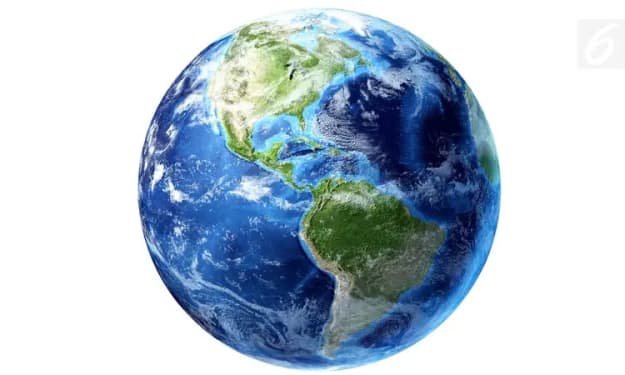The Voynich Manuscript
An Ancient, Undecipherable Text Filled with Mysterious Illustrations

Introduction
The Voynich Manuscript is one of the most enigmatic and captivating mysteries in the world of historical artifacts. This ancient text, written on vellum in an unknown script, has puzzled scholars, cryptographers, and historians for centuries. Named after the Polish-American book dealer Wilfrid Voynich, who acquired it in 1912, the manuscript is believed to date back to the early 15th century. Its pages are adorned with intricate, puzzling illustrations of plants, astronomical charts, human-like figures, and unidentified symbols. Despite countless efforts, the Voynich Manuscript remains undecipherable, shrouded in a veil of mystery that continues to intrigue researchers to this day.
Discovery and Provenance
The Voynich Manuscript is believed to have been created in Central Europe during the early 1400s. Its exact origins and the identity of its author are subjects of speculation, but it is widely thought to have belonged to Emperor Rudolph II of Germany during the late 16th and early 17th centuries. The manuscript disappeared from historical records for centuries until it resurfaced in the possession of an Italian Jesuit scholar named Athanasius Kircher in the mid-17th century.
The next trace of the manuscript appeared in 1912 when the antiquarian book dealer Wilfrid Voynich acquired it from the Villa Mondragone, an Italian Jesuit college. Voynich's acquisition of the manuscript is the reason for its present-day name. Since then, the Voynich Manuscript has passed through various private collectors' hands before finally finding a home at the Beinecke Rare Book & Manuscript Library at Yale University in 1969, where it remains under lock and key, accessible only to a select few researchers.
The Undecipherable Script
At the heart of the Voynich Manuscript's mystery lies its undecipherable script. The text, comprising over 240 pages, is written in an unknown language or code that has defied all attempts at translation. Many notable cryptographers and linguists have dedicated their careers to unraveling its secrets, but thus far, all efforts have been in vain.
The script's unique characteristics further complicate the challenge. It lacks familiar linguistic features, such as punctuation, consistent word patterns, or recognizable syntax. Moreover, the presence of unusual characters and glyphs adds to the bafflement. Despite these obstacles, the manuscript shows signs of structured language, with repeating patterns of letter combinations that suggest the existence of grammar and syntax.
Numerous theories have been proposed regarding the manuscript's language, ranging from unbreakable ciphers to invented scripts. Some researchers speculate that the text represents an extinct or unknown language, while others propose that it could be a hoax or an elaborate artistic creation with no linguistic meaning. To this day, the nature of the Voynich script remains a contentious topic, with no clear consensus among experts.
Mysterious Illustrations and Contents
Alongside the enigmatic script, the Voynich Manuscript features an array of captivating illustrations that add to its allure. These vivid, hand-drawn images depict various subjects, including plants, celestial charts, astronomical diagrams, human-like figures, and intricate bathing scenes. The illustrations appear to be connected to the accompanying text, suggesting a cohesive narrative or encyclopedic structure.
The botanical section of the manuscript is one of the most extensively illustrated portions, showcasing 113 different plant-like species, many of which remain unidentifiable by modern botanists. The celestial diagrams depict cosmological configurations and astrological charts, though their significance remains elusive. The manuscript also includes depictions of female figures engaging in mysterious bathing rituals, adding to its aura of secrecy.
Several theories have emerged to explain the manuscript's content. Some propose that it could be an alchemical work, given the prominence of herbal illustrations and the time period's fascination with alchemy. Others suggest that it might be a medical treatise or an ancient guide to astronomy, astrology, or even witchcraft. However, without a clear understanding of the text, these hypotheses remain speculative.
Theories and Speculations
Over the centuries, the Voynich Manuscript has attracted a plethora of theories and speculations regarding its origin and purpose. Some have posited that the manuscript was crafted by an ingenious hoaxer seeking to deceive scholars and bibliophiles. However, this idea is challenged by the sheer complexity of the script and the effort invested in creating the intricate illustrations.
Others believe that the manuscript may contain hidden knowledge or esoteric wisdom known only to a select few during the medieval era. Some researchers propose a connection to famous historical figures, including Leonardo da Vinci, John Dee, or Roger Bacon, suggesting that the text might hold alchemical or occult secrets.
Despite numerous attempts to date the manuscript and trace its origins, the exact time and place of its creation remain unknown. Radiocarbon dating estimates the vellum's age to be consistent with the early 15th century, but this provides only a rough timeframe for its production.
Conclusion
The Voynich Manuscript stands as an enduring enigma, defying all attempts to unlock its secrets. Its undecipherable script and mysterious illustrations have fascinated and frustrated researchers for generations. The possibility of discovering an ancient, lost language or uncovering hidden knowledge continues to inspire cryptographers, linguists, and historians to take up the challenge.
As technology advances and new insights into linguistics and cryptography emerge, there remains hope that the Voynich Manuscript's secrets may one day be revealed. Until then, it remains an evocative testament to the unyielding mysteries of the human past, encouraging us to embrace the wonders of the unknown and cherish the limits of our knowledge. The Voynich Manuscript serves as a constant reminder that, even in the modern age, there are still ancient riddles waiting to be unraveled and countless stories waiting to be told.





Comments
There are no comments for this story
Be the first to respond and start the conversation.